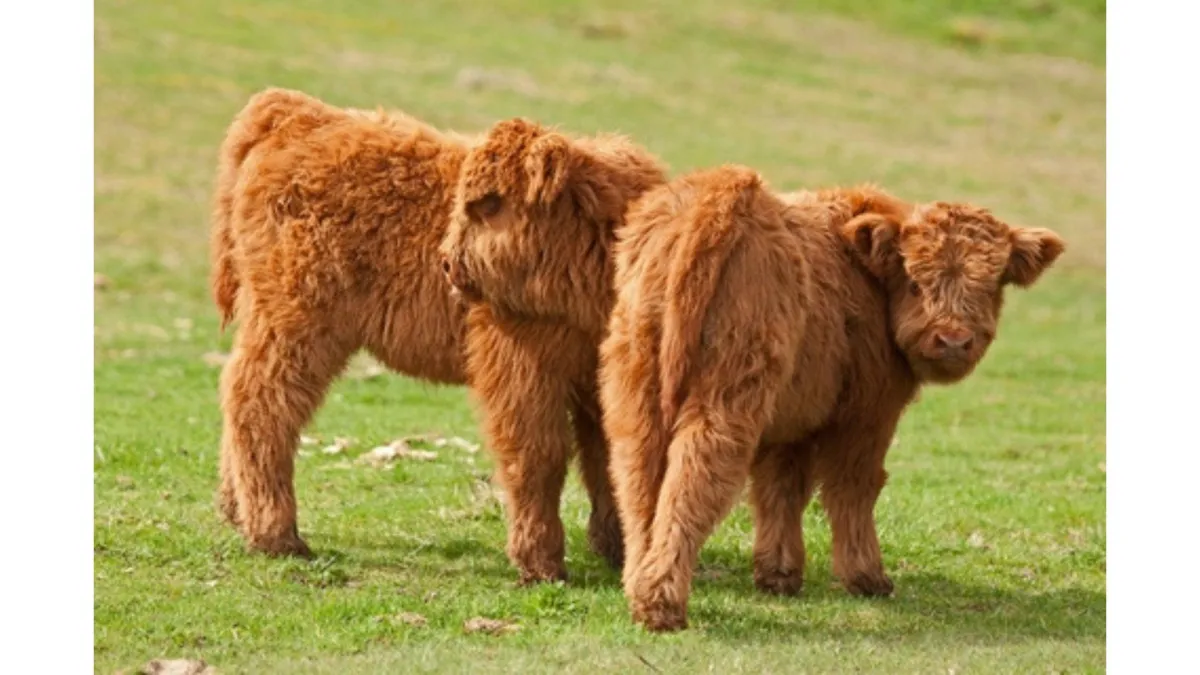
Castration of lambs, kids and calves
Most male cattle, sheep, and goats are castrated while young to make them easier to manage. Castration is painful and stressful, so it’s important to consider whether it is necessary on your block.
Do You Need to Castrate?
Think about your goals before deciding. If you plan to send male lambs to slaughter within a year and can manage them in a male-only mob away from ewes, you might choose not to castrate. On the other hand, if you are keeping male goat kids as pets or for their fleece, castration is usually essential. Entire bucks have a strong odour that becomes particularly unpleasant in autumn.
Most Humane Methods
The rubber ring method is the most humane option for calves, lambs, and kids under four weeks old. Ideally, the procedure should be performed by a veterinarian who can provide pain relief such as sedatives, local anaesthetics, or anti-inflammatory medication. The cost per animal is minimal compared to the benefits in terms of welfare and handling. A vet can also carry out tagging, disbudding, tail docking, or minor surgical procedures like removing extra teats during the same visit.
How to Apply Rubber Rings
If you’re doing the job yourself with an elastrator:
Stretch the ring over the tool and place it around the neck of the scrotum.
Ensure both testicles are below the ring and the teats are above it.
Hold the testicles in place while releasing the ring to stop them slipping back up.
The best time is between 7 and 10 days of age and always under four weeks.
After the ring is applied, animals typically show brief signs of pain such as lying down and kicking for 5 to 15 minutes. They usually settle soon after. The scrotum and testicles dry up and fall off within a few weeks.
This method is not recommended in lambs over four months, as the ring may not fully cut off blood flow, causing swelling and pain. It is illegal to castrate lambs or calves over six months of age without using a local anaesthetic.
Cryptorchid (Short-Scrotum) Castration
This is also called the "short scrotum method".
The rubber ring is placed around the scrotum with the testicles above it so that they are pushed up against the body wall. This keeps the testicles at body temperature, so the animal is infertile but still getting the growth benefit of male hormones.
The scrotum shrivels and drops off after a few weeks.
If the procedure isn't done correctly and the testicles aren't held high enough against the body, the animal may not be infertile and could get females pregnant.
Legal Requirements and Best Practice
Current regulations state:
Rubber ring castration is permitted without pain relief up to six months of age, provided it is done correctly.
Local anaesthetic is required by law if the animal is older than six months or if a high-tension band is used, regardless of age.
Pain relief is best practice for all castration methods and ages.
Animals must be checked regularly after the procedure for any signs of infection or complications.
Older animals must be castrated by, or under the supervision of, a veterinarian.
Non-compliance may result in fines.
Summary
Timing: The best window is 7 to 10 days old, and always under four weeks for rubber rings.
Pain relief: Required for animals over six months, and strongly recommended for younger animals.
Proper technique: Use correct placement and hygiene, and monitor healing.
Vet involvement: Ideal for pain relief and when combining procedures.

